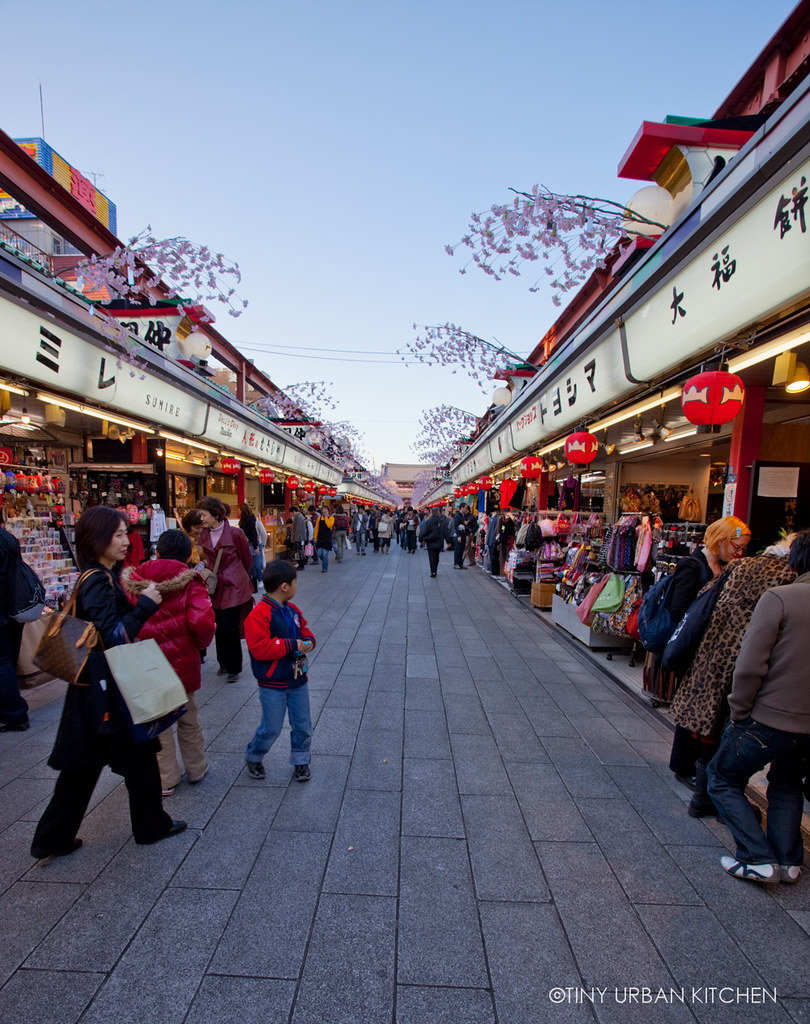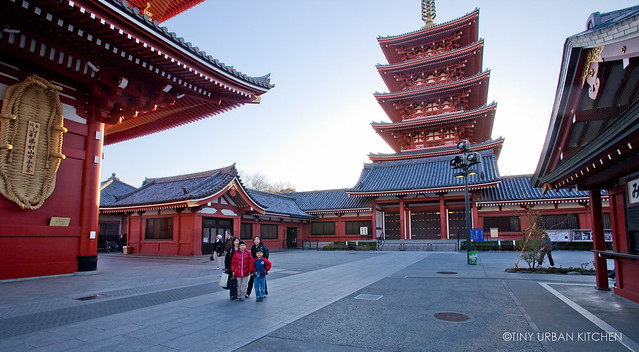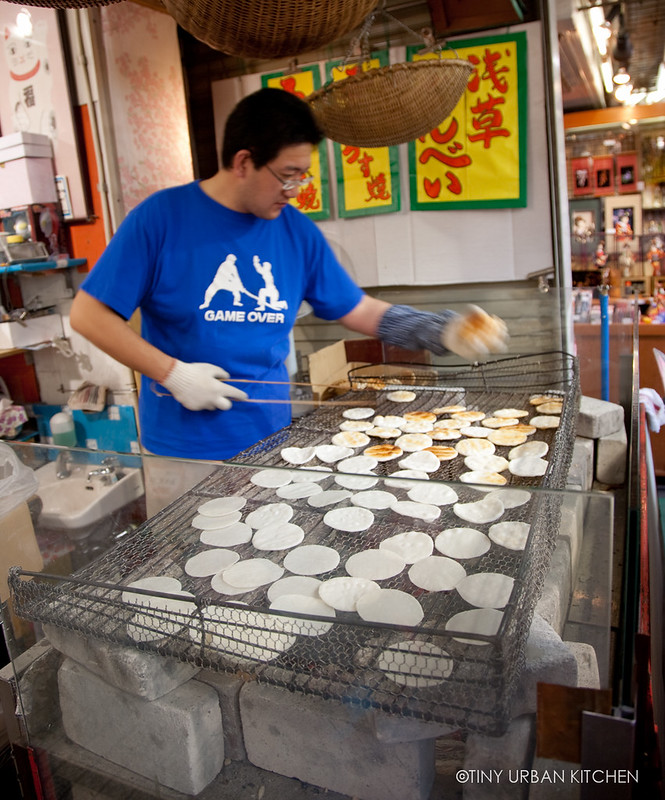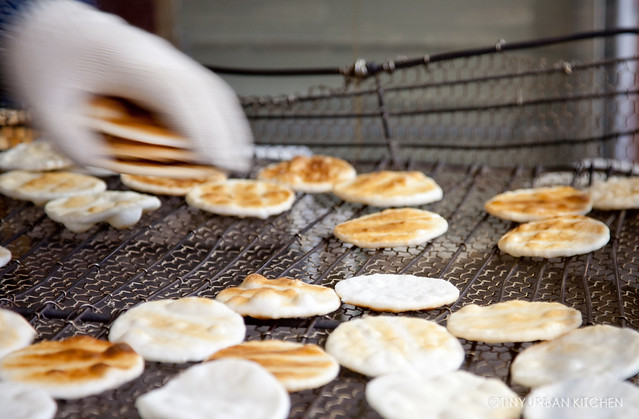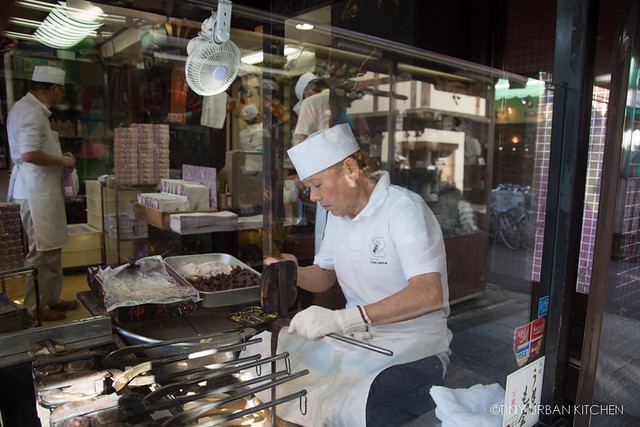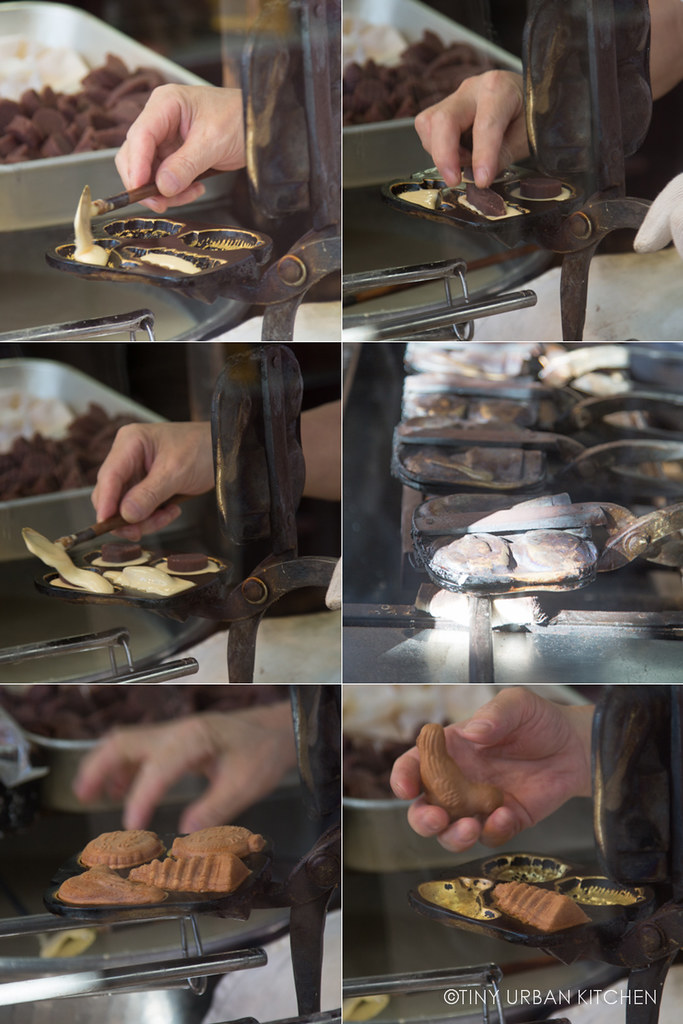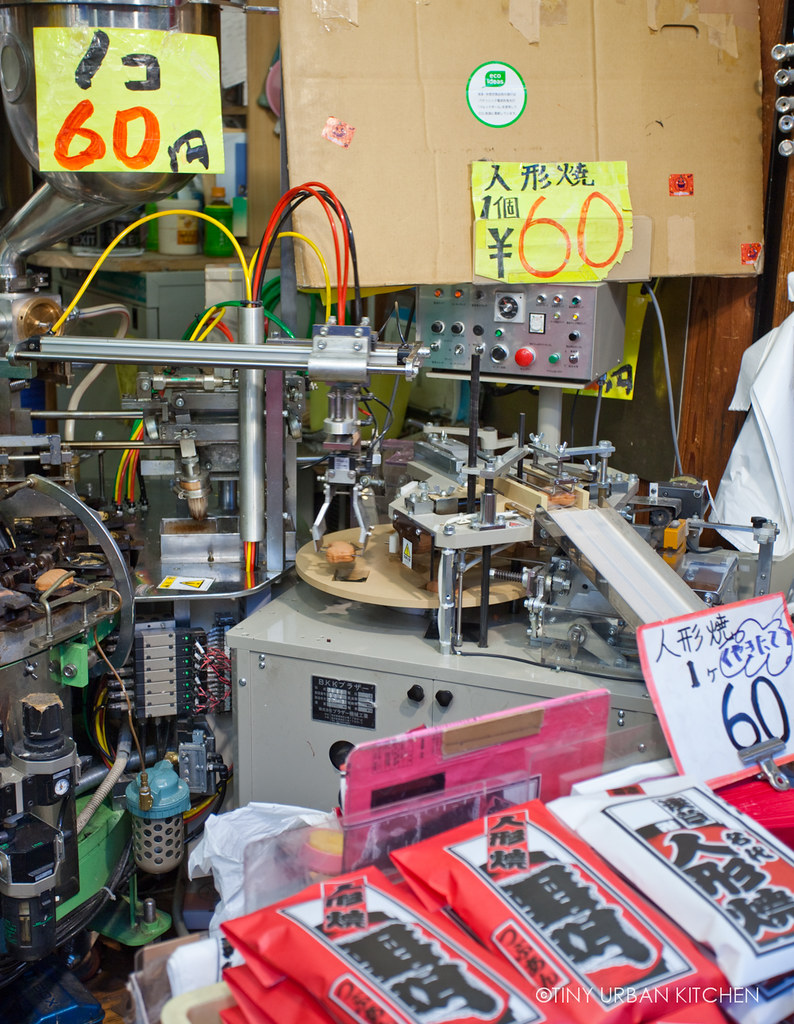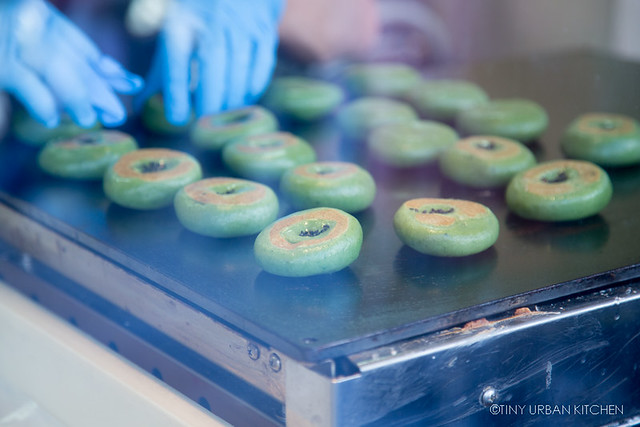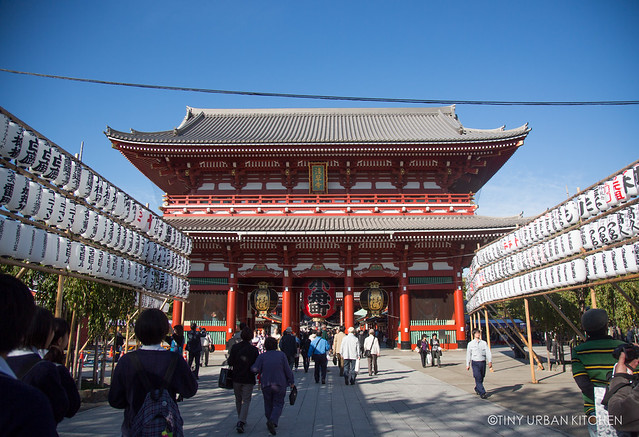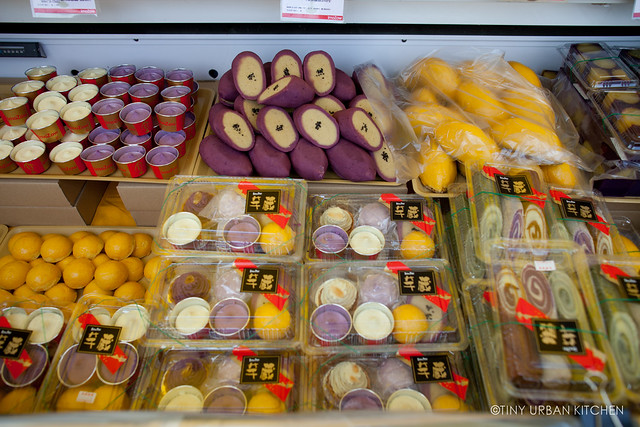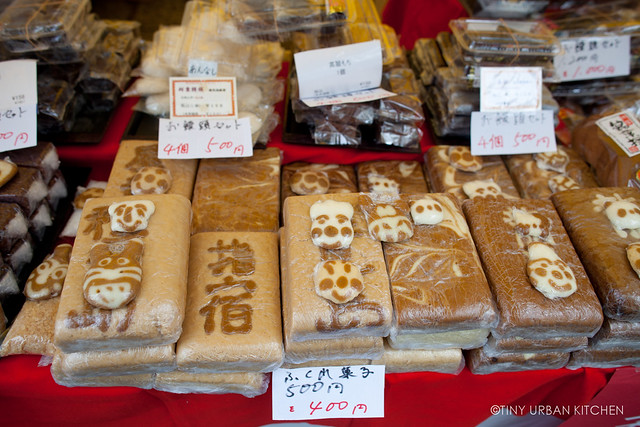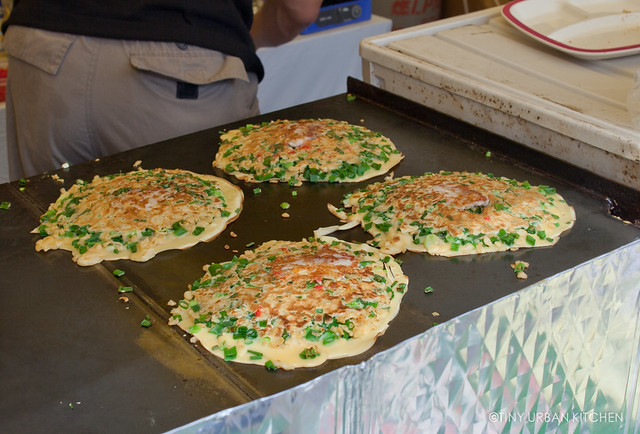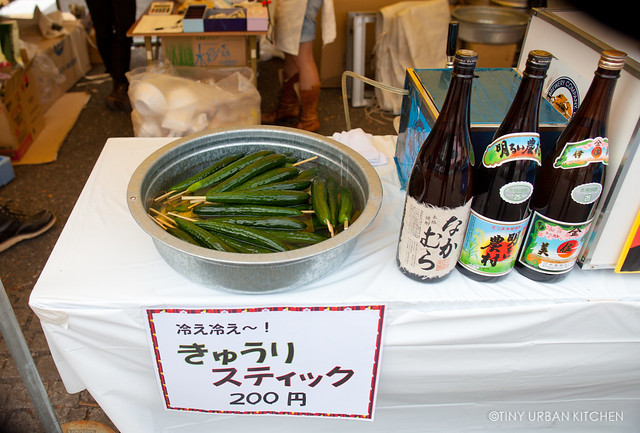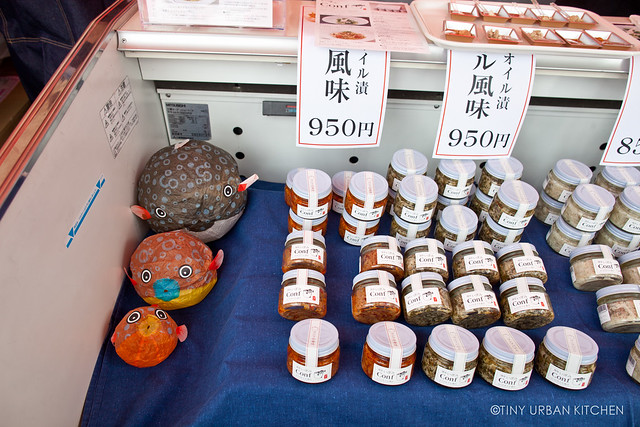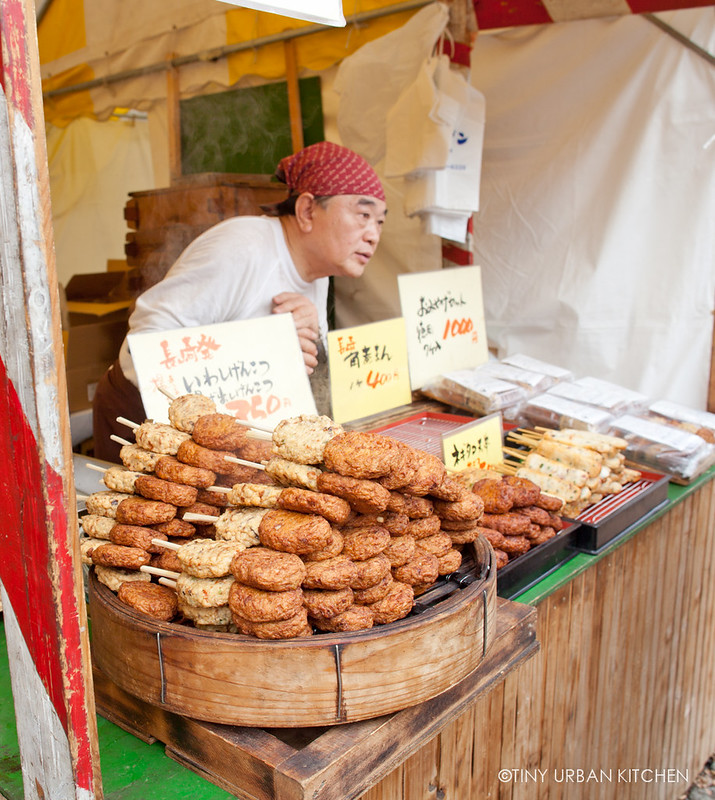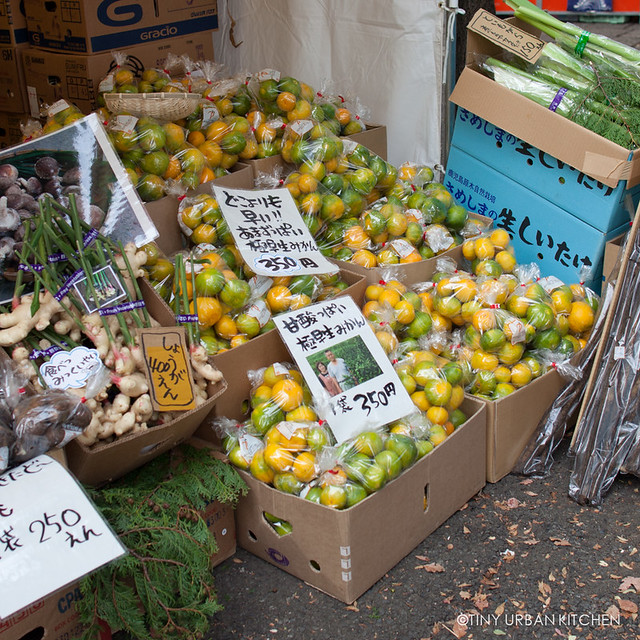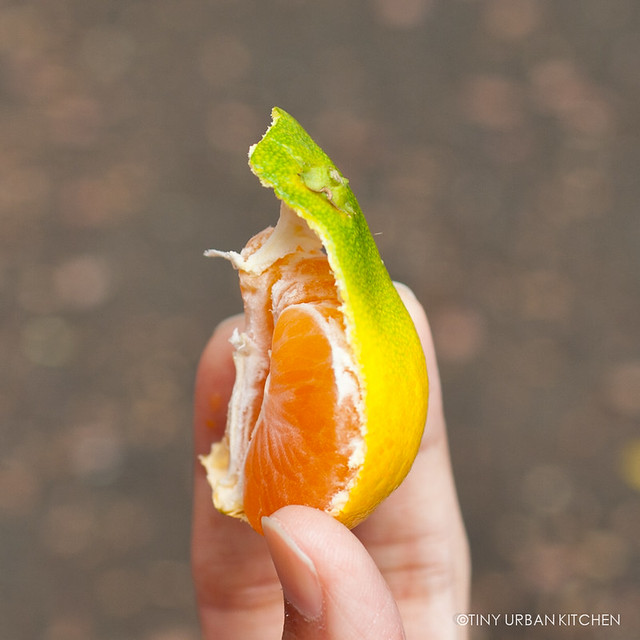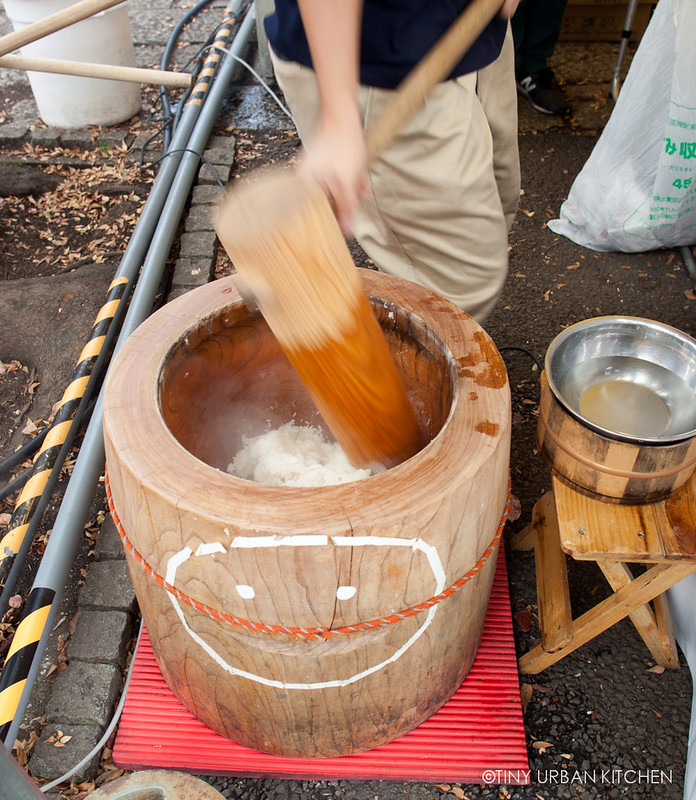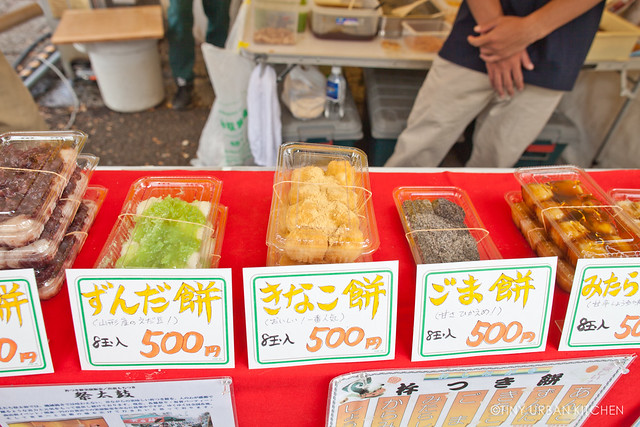
This is the ninth post in the series titled Tasting Tour of Tokyo detailing my recent trip to Japan. Other posts include Kikunoi Akasaka, Rokurinsha, Mikawa Zezankyo, Kaoriya, Sushi Sawada, Sushi Aoki, Street Food in Tokyo, and Omotesando Koffee.
I originally was really, really tempted not to write a single word for this post.
There's something beautiful and surreal about going to Ukai-tei, a Michelin starred teppanyaki place in Omotesando in Tokyo. Pictures speak a thousand words, and you almost don't need text to complete the story. A huge part of the experience is the private "show" from the chefs preparing each course in front of you. Yes, it's teppanyaki, but it's not what you might imagine. There's no silly tricks where the chef throws food into people's mouths. Gone are the dramatic flames and other flashy displays done purely for entertainment.
This is refined, classy teppanyaki. It's all about the food and how to best prepare it with limited tools - namely, just a huge flat grill and two metal spatulas. The ritual is intriguing, almost mesmerizing to watch.
So I wanted to try to recreate some of that magic for you here.

However, Bryan convinced me that my readers would walk away from this post knowing absolutely nothing about the restaurant, which - in the long run - is not that helpful.
So I'm willing to compromise. There will be less words than normal so you can soak up the experience visually as much as possible. This will be a photo-driven post. However, I'll try to insert a few words here and there so you know what's going on.
Enjoy the show.

Take the elevator to the top floor of the "Chanel" building in Omotesando.

Enter what feels like a cross between an imperial Japanese home and a European museum.

And emerge into to a bright sunlit room.

Every diner enjoys front-row seats to the action.
 We start with the Marinated Red Sea Bream, (3150 yen) which is refreshing and light, but just cannot compare to the highest grade sashimi we have been enjoying at sushi places earlier in the week.
We start with the Marinated Red Sea Bream, (3150 yen) which is refreshing and light, but just cannot compare to the highest grade sashimi we have been enjoying at sushi places earlier in the week.
The Steamed Abalone (for two) (9450 yen) is a signature dish. However, we opt to order the famous steak instead ("Best Quality" black beef). I've read that the preparation of the abalone is half the excitement, and some say the taste is a bit underwhelming, so we choose taste over presentation.

We still get to see the fascinating presentation. To our right, our "neighbors" have ordered the steamed abalone. The chef whips out a pair of live abalone, dumps salt all over them, and then steams everything for quite awhile under that copper dome before serving it, shell and all, to the surprised guests.

We continue with this gorgeous Consomme Soup (2100 yen), clear yet packed with deep, intense beef flavor. We learn that it is made from the bones of the premium black cows (also the source of the super expensive steaks here).

Matsutake Mushroom is in season during the fall, and it's one of my favorite mushrooms.

The preparation is simple, though mesmerizing to watch nonetheless.

Served simply with salt and lime, it is divine.

I am fascinated just watching the teppanyaki chef in action, especially the deft way in which he is able to do so much with just two simple tools.

Garlic chips paired with steak is a revelation. I need to try this at home someday.

And then, the moment. Our chef brings out the Ukai "Best Quality" beef, the highest grade beef they sell in the entire restaurant. This small piece of steak - believe it or not - costs 34,650 yen.
Check out that marbling.

There are four breeds of Wagyu in Japan: black, brown, polled, and shorthorn. 90% of "fattened" cows are black cows, which typically comes from one of three regions, Kagoshima, Matsuzaka or Kobe. Even though Kobe is the most famous, all three regions produce premium quality beef and it's hard to say which one is the best. The restaurant usually chooses its cuts based on the quality of the meat on a particular day, not based on which of three regions it originates.

They recommend "medium rare" so that some of the fat would render.
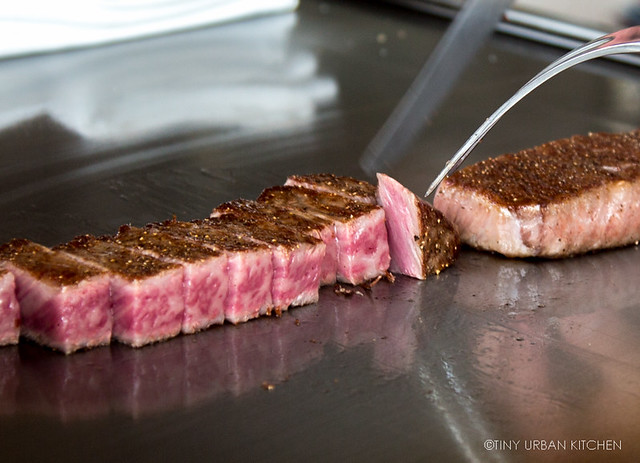
This steak is pure decadence - buttery, luxuriously soft, and full of flavor.

Bryan immediately proclaims it's the best steak he's ever had (sorry previous front runner).
I can see why they recommend not ordering a huge steak. Frankly, it's quite rich and you very well may not be able to finish.
Bryan disagrees. He is ecstatic I only have room for 2-3 pieces. He happily savors the remaining 8-9 pieces, slowly piece by piece.

Each set menu ends with what they call "meal", which is some form of starch served at the end.

We loved the fragrant Garlic Fried Rice (1580 yen), which takes on the lovely char ("wok hei") from the heat of the teppanyaki grill. It is fantastic.
I think we are too full, but Bryan convinces me to try at least one dessert "for the sake of the blog" .
We soon find out, we have only experienced half the fun.

Anyone who opts for dessert is whisked away into another gorgeously appointed room. It sort of reminds me of a traditional European tea room.

A dessert cart, probably the most decadent one I've seen since Joel Robuchon, graces the center of the room.
 Next to it, a larger table holds additional sweets that don't fit the cart.
Next to it, a larger table holds additional sweets that don't fit the cart.
As long as you order one dessert, you have your endless choice of "petit fours" off of the carts. We decide to share the Caramel Pudding (I have a weakness for this velvety dessert), which happens to be the least expensive item on the menu (840 yen). Most other desserts cost either 1260 yen or 1580 yen. The coffee drinks are all 1050 yen, and Bryan opts for a coffee.

It's really hard to decide which small bites to try.

I settle on a few macarons, a sesame cake of sorts, and a madeleine.

Bryan chooses pound cake (maybe lemon flavored?), homemade caramels, and a homemade marshmallow.

You can sit here at your leisure for as long as you want. If you don't feel like steak, you can come straight to this room and enjoy "afternoon tea". One dessert plus unlimited petit fours and coffee or tea costs 3680 yen.

Service is exceptional here. The hostess escorts us all the way out to the elevator, bowing as the doors slide shut.

Thanks Ukai-tei for a perfectly executed, magical meal.
The Facts
For dinner, courses range from 24,150 (Special Course which includes crazy luxurious ingredients like Beluga caviar, fois gras, matsutake mushrooms, the special abalone, and Ukai "Top Quality" sirloin) to 12,600 (appetizer, soup, sole, beef, "meal", and dessert & coffee). Lunch is even cheaper, with set menus ranging between 6,830 and 12,600.
All of the set menus come with "Top Quality" beef, which is not the highest grade. If you want the "Best Quality" beef, you will have to order a la carte, like we did.
Every single set meals comes with dessert, tea, and coffee, which means you get to enjoy that magical sweet experience at the end no matter what.
This restaurant is not too hard to find. It is on the main road in Omotesando on the 5th floor of the Chanel building, which is pretty easy to spot. If you still have room afterwards, you can head to Omotesando Koffee, which is what we did. It's not a far walk at all.
There are also other branches of Ukai-tei in Ginza, Yokohama, and several other locations. They also have restaurants devoted to tofu, charcoal grilled chicken, and seasonal Japanese cuisine. I think their steak is the most famous, though.
Ukai-tei Omotesando
5-10-1 OMOTESANDO-GYRE 5F
Jingu-mae, Shibuya-ku, Tokyo
TEL: 03(5467)5252











